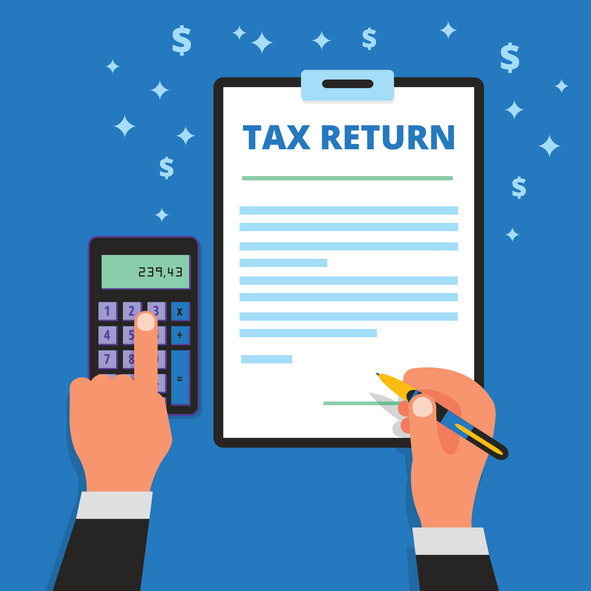If you haven’t heard about Section 179, it’s a great way to help restaurant owners minimize their tax liability by taking a deduction for tangible personal property in the year of purchase, rather than taking it over the asset’s useful life, which can be five, seven and up to 15 years for certain property in the restaurant industry.
Under the Path Act, you can use Section 179 to deduct up to $500,000 of qualifying equipment or qualified restaurant property purchased or financed during the tax year, subject to income limitations, which means you could bring your income down to zero, but you can’t take yourself into a loss position with Section 179 deduction. Any disallowed Section 179 can be carried over to the following tax year. The purchases can include business vehicles, computers, restaurant equipment, qualified restaurant property (building and improvements) and other qualifying items.
How does this work?
Here is an example of how Section 179 can help a restaurant. In 2016, Susan bought a $4,000 piece of equipment for her restaurant. Under regular depreciation rules, unless the equipment was eligible for bonus depreciation, she would have to deduct a portion of the purchase price over its five-year useful life.
The depreciation deduction schedule for the new equipment looks like this:
| Year |
Depreciation Deduction |
| 2016 | $800 |
| 2017 | $1,280 |
| 2018 | $768 |
| 2019 | $461 |
| 2020 | $461 |
| 2021 | $230 |
Under Section 179 rules, Susan could potentially deduct the entire $4,000 purchase in year one, rather than having to depreciate the equipment over five years.
What property qualifies?
Only certain property qualifies. This includes computers and software, business equipment, kitchen equipment, furniture, vehicles (subject to some limitations discussed later) and qualified restaurant property. The tangible property you purchase must be used more than 50 percent of the time for business purposes.
For property placed in service after Dec. 31, 2015, the act provides that air conditioning and heating units are eligible for Section 179 expensing.
Section 179 can’t be used to deduct the cost of land or land improvements such as paved parking areas, inventory, intangible property (i.e. trademarks, patents or copyrights) or property outside of the United States.
You may be able to use the Section 179 deduction on your building if it meets the Qualified Restaurant Property definition. To qualify, more than 50 percent of the building’s square footage must be devoted to preparation of and seating for on-premises food consumption.
For example, Prime Restaurant Group buys a building for $300,000. Under old rules, the owner would have to deduct the costs over 39 years at $7,692 per year. However, under the definition as a Qualified Restaurant Property, Prime could potentially take a Section 179 deduction for the entire $300,000 purchase in year one.
What is the difference between bonus depreciation and Section 179?
The biggest difference is that both new and used equipment can qualify for Section 179, as long as it is new to you. Bonus depreciation covers new equipment only and is useful to very large businesses spending more than the Section 179 limit for the year (now $2,010,000). Businesses with a net loss are still qualified to deduct some of the cost of the new equipment and carry forward the loss to future years with bonus depreciation. When you are looking to use these deductions, Section 179 is generally taken first, followed by bonus depreciation unless the business has no taxable profit in the given tax year.
Do vehicles qualify?
The Section 179 deduction can be used on vehicles, however there are limitations. The full cost of trucks with a gross vehicle weight over 6,000 pounds qualifies for Section 179 deduction. SUVs are limited to $25,000 of Section 179 deduction and certain smaller passenger vehicles have a total depreciation deduction limitation of $11,060.
What are the Section 179 limits?
Taxpayers can immediately deduct up to $500,000 of the cost of qualifying assets or the cost of financed purchases up to $2 million. Without the Path Act, the Section 179 thresholds would have dropped to $25,000 and $200,000, however, beginning in 2016, the higher limits will be indexed for inflation.
I have passive investors. Is Section 179 a good idea for my restaurant?
You can claim the deduction for a restaurant in which you are actively involved in the day-to-day operations. For most owners, it’s not difficult to prove this. However, if you have outside investors who don’t participate in running the business, you may want to think twice about the Section 179 deduction because they may not be eligible to claim it.
How do I take advantage of Section 179?
If you have been waiting to make improvements or invest in new equipment, now is the time to meet with your CPA and discuss these projects or purchases to see if they qualify for this great tax break.
article contributed by Bret Curtis, CPA, JD, LLM, a shareholder of Mize Houser & Company P.A., a full-service accounting firm that provides Payroll & Accounting Solutions for Elevanta clients.

